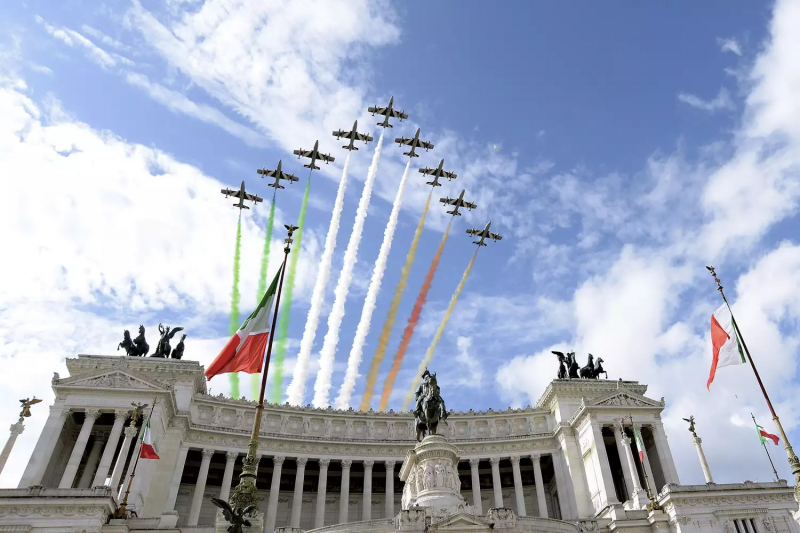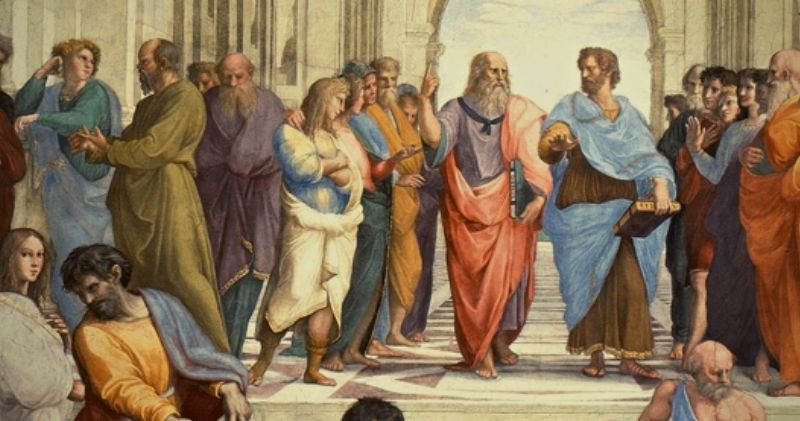Italian Empire
The Italian colonial empire, known as the Italian Empire (Impero Italiano) from 1936 to 1943, began in Africa in the 19th century and consisted of colonies, protectorates, concessions, and dependencies of the Kingdom of Italy. In Africa, the colonial empire included the territories of present-day Eritrea, Somalia, Libya, and Ethiopia; outside Africa, Italy owns the Dodecanese Islands (after the Italian-Turkish War), and Albania, and has made concessions to China. The Fascist government that came to power with dictator Benito Mussolini after 1922 sought to increase the size of the Italian empire and to satisfy the demands of the Italian dissidents. The Italian Empire is considered one of the most powerful colonial empires of the 20th century.
Italy is the last country involved in the scramble for Africa and can only take what is left of the others. Italian Empire controls a territory of about 780,000 square miles and a population of over one and a half million. Its main colonies include Somaliland, Eritrea, and Libya. Libya was the largest and most important of the Italian colonies. Italy also controlled Rhodes, the Dodecanese, and a few areas of Tientsin in China. Italy's last acquisition was Albania in 1939. After World War II, most of Italy's land was expropriated by the British leading to the end of the Italian colonial empire.
- Major Events: Italy in World War I, Fascism, Italy in World War II, Civil War, Years of Lead, Maxi Trial
- Key People: Prince Amedeo of Savoy-Aosta, Camillo Benso, Charles Albert, Francesco Crispi, Luigi Carlo Farini












